Fermentation has been used to preserve and flavor food around the world for millennia, dating as far back as 10,000 B.C. in what is now the Middle East. Today, it is used in the production of everything from pickles to fish sauce, often aided by specialized containers developed over time to promote the ideal conditions for the beneficial bacteria that perform the grunt work of fermentation. Here are some notable fermentation vessels and the products they are used to produce.
Here are a few favorites:
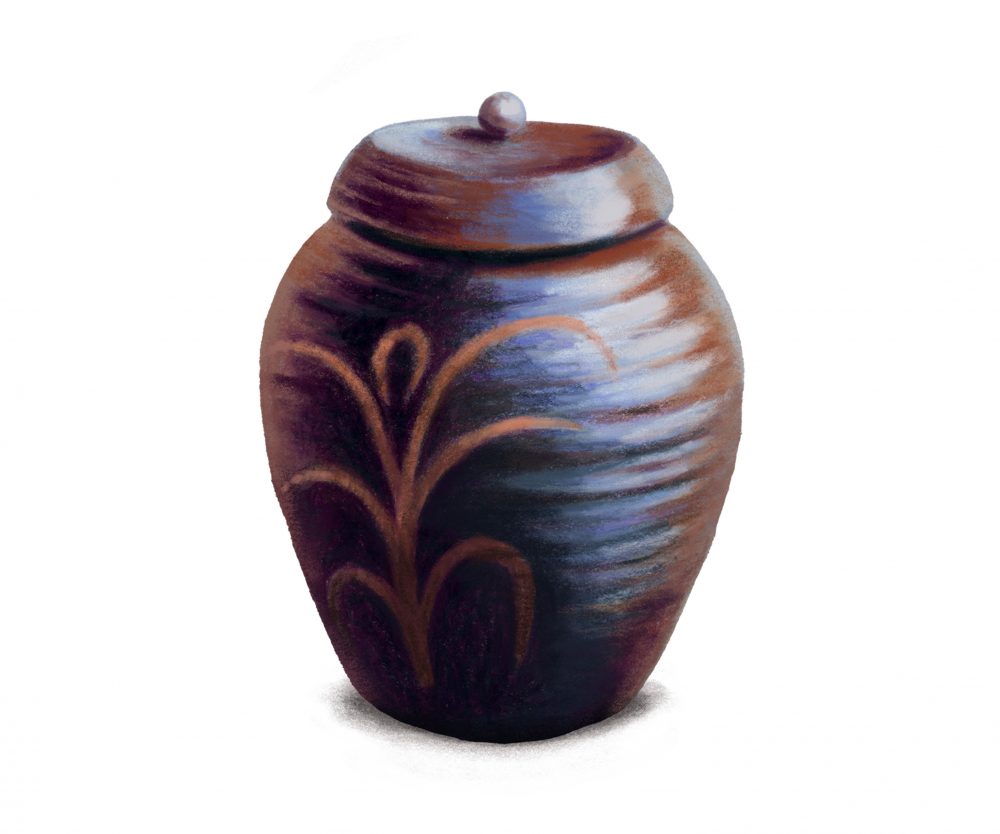
Onggi
One of the most notable uses for Korean onggi is fermenting kimchi. These earthenware jars feature heavy, wide lids that can be sealed with water, allowing gases to escape while protecting the contents inside. Traditionally, onggi of kimchi were buried outside for up to three years to promote a long, slow fermentation. Today, refrigeration is more common.
Terzigni
Sicily’s signature fish sauce, colatura di alici (literally “anchovy drippings”), is the modern descendant of ancient Roman garum. It’s aged in special chestnut barrels known as terzigni, into which anchovies are packed with Sicilian sea salt and fermented for up to three years. Weighted barrel covers gradually press liquid out of the fish. Finally, the terzigni are tapped, releasing the funky, briny colatura di alici.
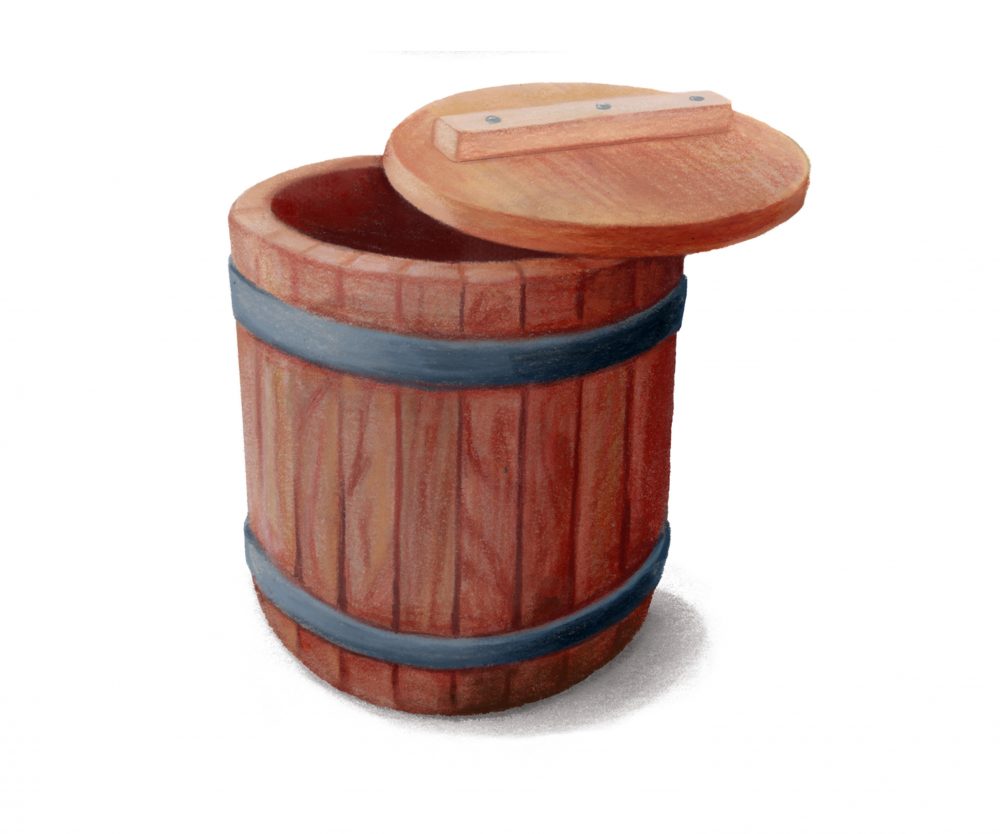
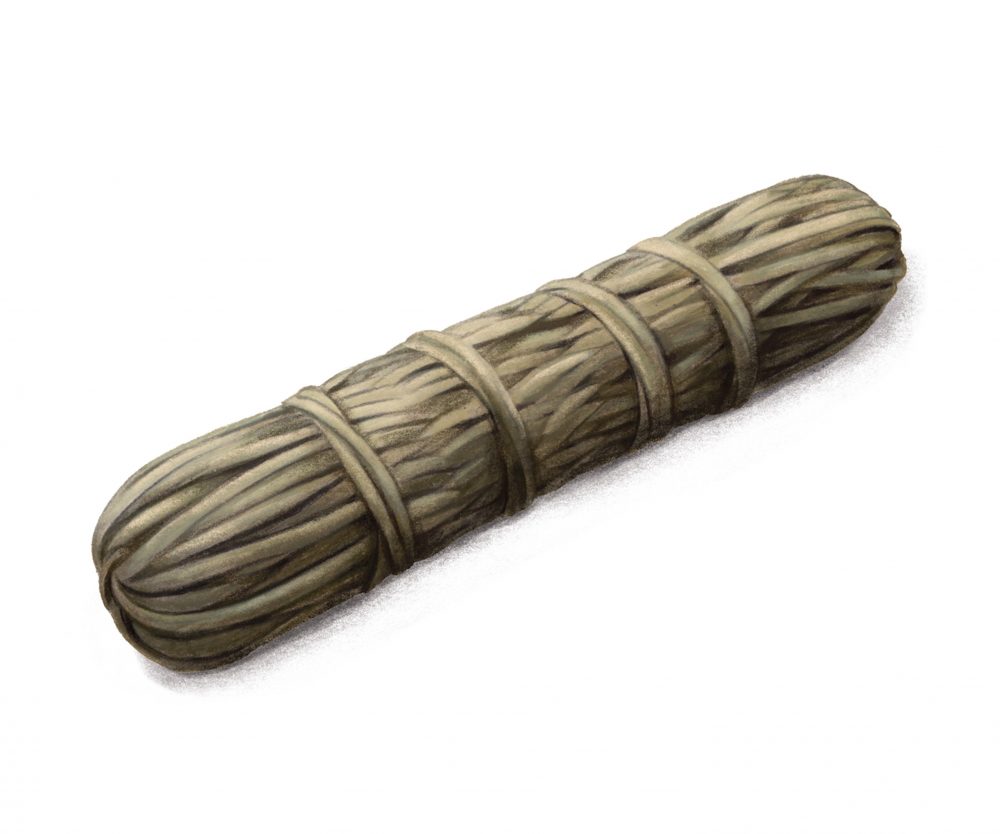
Qiān Ling Chá Miè Lu
Cylindrical bamboo baskets, or miè lu, are integral to making qiān ling chá, a distinctive tea from Hunan’s Anhua county. This region is famed for its fermented teas, known as “dark teas.” To make qiān lia ng chá, the tea leaves first are briefly fermented outdoors. Then, the tea is firmly packed into enormous bamboo baskets (qiān ling refers to an ancient unit of measurement equal to roughly 80 pounds), then sun-dried and cured. Wrapped in bamboo, the teas can be aged for decades, as they continue to ferment and develop complex malty, woodsy, mushroomy flavors.
Kamionka Bolesawiec
Distinctively decorated kamionka Bolesławiec (Bolesławiec stoneware) takes its name from the small Polish town where it is made; Bolesławiec has specialized in ceramics since the Middle Ages. Popular for making pickles and sauerkraut, these crocks create the ideal environment for lacto-fermenting vegetables. Filling the gutter around the rim with water creates an airtight seal that prevents mold. The iconic indigo-on-white polka dot motif sometimes is referred to as the "blue eyes" pattern.
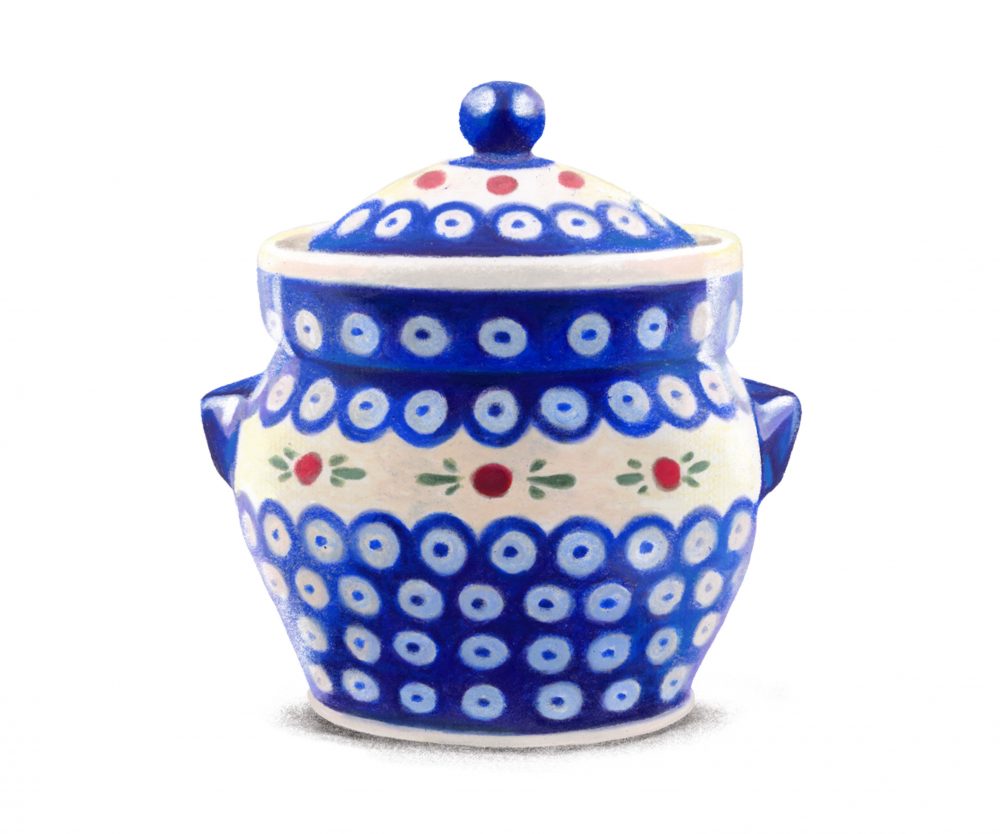
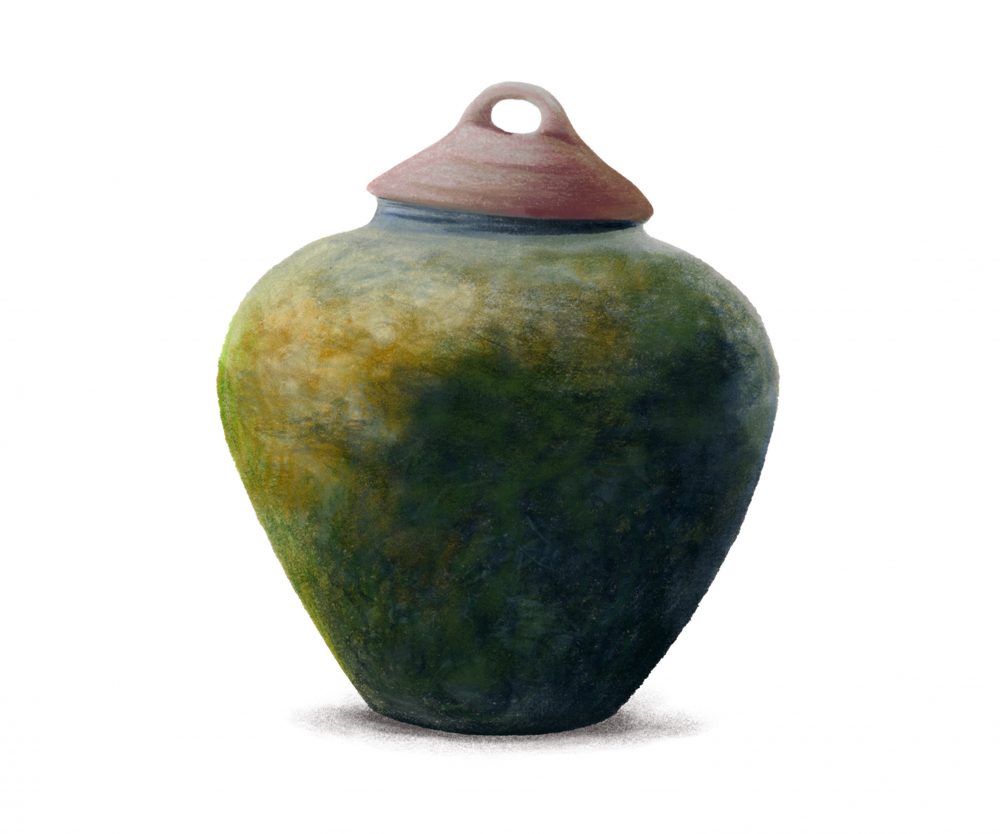
Burnay
In the Philippines, bagoóng—an umami-rich condiment made from anchovies, sardines, krill or shrimp—is traditionally fermented in burnay jars. These earthenware containers regulate temperatures while also permitting oxygen exchange. Aged for up to three months, the resulting crimson-colored condiment boasts a deeply funky savoriness used for seasoning soups and stews, or as a pungent dip often paired with bracingly tart foods.






